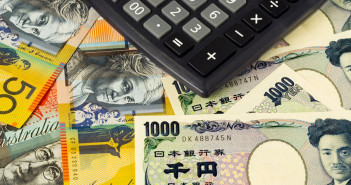On election night, USD/JPY traded near 101 at one point, but everything has changed since then. When this specific currency pair picks a trend, it continues for quite consistently. So far, the weaker exchange rate is blessed news for the Bank of Japan. The yen is weaker against both the dollar and the Chinese yuan, making Japan more competitive. In addition, the fall of the yen helps keep hope alive for Kuroda in reaching the elusive 2% inflation target.
Back in September, the Bank of Japan changed its policy, targeting the long-term 10-year yield at 0%. With yields standing around those levels at the time, the change seemed meaningless, but Trump’s victory and rising yields gave the BOJ an opportunity to implement its policy. The seeds that were sown in September also contributed to the fall of the yen when conditions became ripe.
Looking into 2017, I see room for more limited falls of the Japanese currency. Donald Trump discussed labeling China as a currency manipulator and a free-fall of the yen could turn attention to Japan as well. The Japanese government and the central bank have been eyed by the outgoing Obama administration as well.
I think that USD/JPY could stabilize in the 115-125 region. A move towards 130 might trigger backlash from outside and also from inside. Japan is still reliant on imports of energy, and as we’ve seen in Britain, a rapid collapse of the exchange rate has implications of unwanted inflation.
USD/JPY: 6 Reasons To Start Unwinding Longs Into Year-End – Nomura
